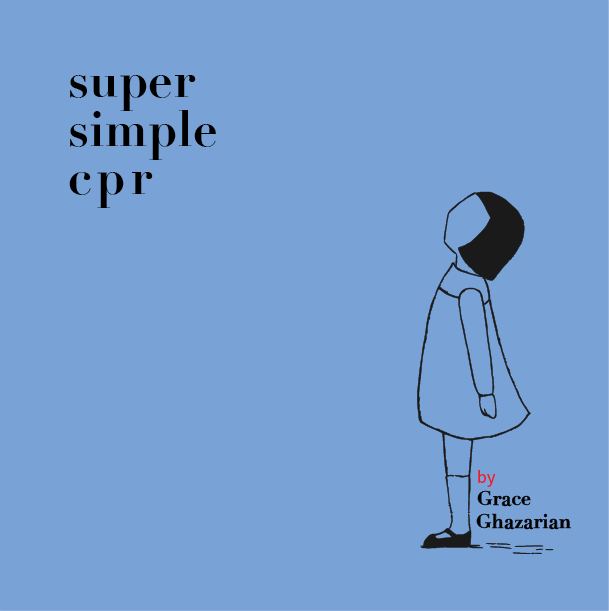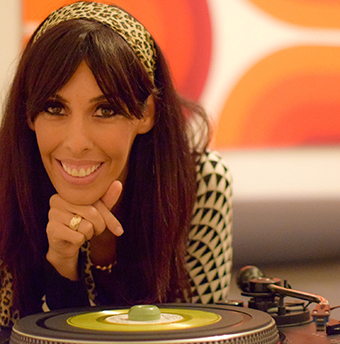HOW 10 MINUTES COULD HAVE CHANGED THIS STORY

I took the elevator down to the first floor to unwind from a stressful day. It feels dumb to even call it “stressful” in light of what came my way. A woman rushed through the sliding glass doors. She could have been my sister. Tears running off the side of her face, she looked for someone who knew what to do. Anyone.
Her baby, limp and covered in a smiley cartoon fleece blanket, matched the gray walls. If she just knew to start CPR, how would this story change? She wouldn’t have driven to the hospital, wasting precious life-giving time. The security guard directed her to the Emergency Department and I can only imagine the terror that awaited her there.
It doesn’t have to be this way. No, life is not perfect. Emergencies are often unpredictable…but what if we were ready to respond? What if just 10 minutes could have equipped this mom…
WHY LEARN CPR?
You don’t learn CPR to make yourself feel good. You don’t learn to check something off your list. You learn to be equipped. It really can change the course of a victim’s recovery. I’m not here to give you false hope. If you perform CPR correctly, you are not guaranteed that someone will survive. It will, however, double or triple their chances of recovery, according to the American Heart Association. I’ll take that.
It seems so overwhelming to learn CPR, but allow me to reveal the mystery, starting with the first and most important concept.
THE BASIC PRINCIPLE OF CPR
It’s confession time. I was certified prior to becoming a nurse without knowing what compressions in CPR actually do. With a mostly “A” average throughout nursing school, I was smart enough to know that we were helping someone who wasn’t doing so well, but I didn’t know what was being accomplished by pushing down on a victim’s chest.
I know. It’s embarrassing to admit this.
But once I started teaching CPR, I found that I wasn’t the only one. In fact, very few people could tell you what compressions accomplish…even among healthcare providers. Scary. So, before you learn anything else, please chew on the concept I explain here and let me know if you have any questions.
Follow this logic with me:
-When someone needs CPR, it means that their heart has stopped or is beating ineffectively.
-The heart pumps blood to the body. Blood carries oxygen that organs need to stay alive.
-So, when it’s not pumping on its own, we need to pump blood by pushing down on the chest to literally squeeze blood out of the heart.
So simple, right?
Now picture a pump with a lever inside the victim’s chest. You want to push the lever down to shoot blood out of the heart and then let the lever back up to allow blood back in.
Repeat at a rate of 100 bpm (beats per minute). Shoot blood out. Let the pump refill.
Repeat.
Repeat.
Repeat…
These are the two parts to pumping blood. They are EQUALLY important:
- Since the heart sits behind the ribcage, we need to push down on the chest, pushing the ribcage down to squeeze blood out of the heart. It takes more force than you would naturally assume.
- Allow the chest to come back up to the neutral position to let the heart refill.
FROM MY EXPERIENCE
Most people are afraid to push hard on the chest in fear of injuring the victim. DON’T BE TIMID. Even if you break ribs, that would be better than death. In fact, it is likely you will break ribs on older children and adults.
The guidelines for the number of compressions changes every few years based on outcomes and research. Don’t let that discourage you, though. These principles will carry over. Just check with the American Heart Association or American Red Cross for current numbers. Better yet, stick with me and I’ll keep you up to date!
Now, which type of Mother/Father/Grandparent/_______ do you want to be? Be prepared. It doesn’t take much! You can start my reading my Free EBook: SUPER SIMPLE CPR.
I then urge you to take a class somewhere just to get the real feel of compressions.
WHAT HAS BEEN YOUR EXPERIENCE?
Have you ever been in a CPR emergency? Have you had any near misses? Chances are, others have had similar experiences. We can all learn from each other…share in the comments below!


 Hi, I'm Grace. I help parents feel more confident about CPR and provide research-based resources for healthy families. Read more about me and Precious Hearts
Hi, I'm Grace. I help parents feel more confident about CPR and provide research-based resources for healthy families. Read more about me and Precious Hearts